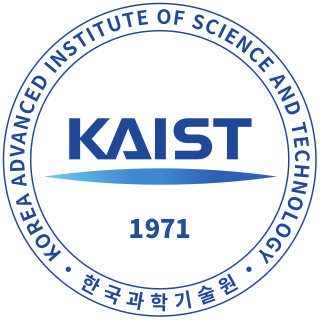
The Korea Advanced Institute of Science and Technology (KAIST) is a national research university located in Daedeok Innopolis, Daejeon, South Korea. KAIST was established by the Korean government in 1971 as the nation's first public, research-oriented science and engineering institution. KAIST is considered to be one of the most prestigious universities in the nation. KAIST has been internationally accredited in business education, and hosts the Secretariat of the Association of Asia-Pacific Business Schools (AAPBS). KAIST has 10,504 full-time students and 1,342 faculty researchers and had a total budget of US$765 million in 2013, of which US$459 million was from research contracts.
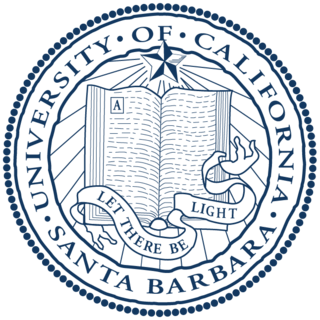
The University of California, Santa Barbara, is a public land-grant research university in Santa Barbara, California, United States. It is part of the University of California university system. Tracing its roots back to 1891 as an independent teachers' college, UCSB joined the ancestor of the California State University system in 1909 and then moved over to the University of California system in 1944. It is the third-oldest undergraduate campus in the system, after UC Berkeley and UCLA. Total student enrollment for 2022 was 23,460 undergraduate and 2,961 graduate students.

The UC Berkeley College of Chemistry is one of the fifteen schools and colleges at the University of California, Berkeley. It houses the department of chemistry and the department of chemical and biomolecular engineering, both of which are ranked among the best in the world. Its faculty and alumni have won 18 Nobel Prizes, 9 Wolf Prizes, and 11 National Medals of Science.

The New Mexico Institute of Mining and Technology, formerly New Mexico School of Mines, is a public university in Socorro, New Mexico.
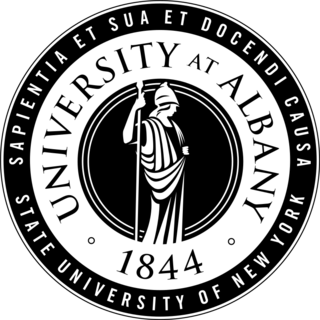
The State University of New York at Albany, commonly referred to as the University at Albany, UAlbany or SUNY Albany, is a public research university with campuses in Albany, Rensselaer, and Guilderland, New York. Founded in 1844, it is one of four "university centers" of the State University of New York (SUNY) system.

Lanzhou University (兰州大学) is a public university in Lanzhou, Gansu, China. It is affiliated with the Ministry of Education of China. The university is part of Project 211, Project 985, and the Double First-Class Construction.
King Fahd University of Petroleum and Minerals(KFUPM) (Arabic: جامعة الملك فهد للبترول و المعادن, Jāmiʿat al-Malik Fahd li-l-Bitrūl wa-l-Maʿādin – short: Arabic: جامعة البترول Jāmiʿat al-Bitrūl), before 1986 as the University of Petroleum and Minerals, is a public research university in Dhahran, Saudi Arabia. Established in 1963 by King Saud bin Abdulalziz as the College of Petroleum and Minerals, it is ranked among the most prestigious academic institutions in Saudi Arabia and its science, engineering, business, and management programs are highly regarded in the country as well as in the member states of the Gulf Cooperation Council.

The Pennsylvania State University is a public state-related land-grant research university with campuses and facilities throughout Pennsylvania. Founded in 1855 as Farmers' High School of Pennsylvania, in 1863, Penn State was named the state's first land-grant university. Its primary campus, known as Penn State University Park, is located in State College and College Township in Pennsylvania.

The College of Engineering is a division of Cornell University that was founded in 1870 as the Sibley College of Mechanical Engineering and Mechanic Arts. It is one of four private undergraduate colleges at Cornell that are not statutory colleges.

The Karlsruhe Institute of Technology is a public research university in Karlsruhe, Germany. The institute is a national research center of the Helmholtz Association.
The Jackson School of Geosciences at The University of Texas at Austin unites the Department of Geological Sciences with two research units, the Institute for Geophysics and the Bureau of Economic Geology.

The Edward E. Whitacre Jr. College of Engineering is the college of engineering at Texas Tech University in Lubbock, Texas. The engineering program has existed at Texas Tech University since 1925. Additionally, the Whitacre College of Engineering administers graduate engineering degree programs at the university's campus in Amarillo, Texas. Many of the college's degree programs are accredited by ABET. The Whitacre College of Engineering is the first and, presently, only school in the world to offer a doctor of philosophy degree in wind science and engineering.
The Irwin and Joan Jacobs School of Engineering is an undergraduate and graduate-level engineering school offering BS, BA, MEng, MS, MAS and PhD degrees at the University of California, San Diego in San Diego, California. The Jacobs School of Engineering is the youngest engineering school of the nation's top ten, the largest by enrollment in the University of California system, as well as the largest engineering school on the West Coast and the ninth-largest in the country. More than thirty faculty have been named members of the National Academies. The current dean of the Jacobs School of Engineering is Albert P. Pisano. The Jacobs School of Engineering sends a monthly news email which anyone can subscribe to.
The University of Wisconsin–Milwaukee is a doctoral-degree granting public research university that consists of 14 colleges and schools, and 70 academic centers, institutes and laboratory facilities. It offers a total of 180 degree programs, including 94 bachelor's, 53 master's and 32 doctorate degrees. The School of Freshwater Sciences is the only graduate school of freshwater science in the U.S. and the third in the world. The School of Architecture and Urban Planning, the College of Nursing and the College of Health Sciences are the largest in Wisconsin.
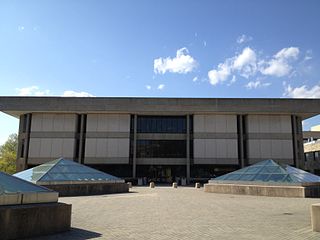
The College of Architecture, Arts, and Design formerly the College of Architecture and Urban Studies at Virginia Tech consists of four schools, including the School of Architecture, which consistently ranks among the best in the country. Headquartered in Blacksburg, Virginia, the college also has sites in Alexandria, Virginia, and Riva San Vitale, Switzerland. Spread out among these three locations, the college consists of nearly 2,200 students, making it one of the largest schools of architecture in the nation.
The College of Science at Virginia Tech contains academic programs in eight departments: biology, chemistry, economics, geosciences, mathematics, physics, psychology, and statistics, as well as programs in the School of Neuroscience, the Academy of Integrated Science, and founded in 2020, an Academy of Data Science. For the 2018-209 academic year, the College of Science consisted of 419 faculty members, and 4,305 students, and 600 graduate students The college was established in July 2003 after university restructuring split the College of Arts and Sciences, established in 1963, into two distinct colleges. Lay Nam Chang served as founding dean of the College of Science from 2003 until 2016. In 2016, Sally C. Morton was named dean of the College of Science. Morton served in that role until January 2021, when she departed for Arizona State University and Ronald D. Fricker—senior associate dean and professor in the Department of Statistics—was named interim dean of the College. In February 2022, Kevin T. Pitts was named the named the third official dean of the College of Science.
The College of Natural Resources and Environment at Virginia Tech contains academic programs in forestry, fisheries, wildlife sciences, geography, and wood science. The college contains four departments as well as a graduate program in the National Capital Region and a leadership institute for undergraduates.

The Virginia Tech College of Engineering is the academic unit that manages engineering research and education at Virginia Tech. The College can trace its origins to 1872, and was formally established in 1903. Today, The College of Engineering is the largest academic unit of Virginia Tech and has 14 departments of study. Its undergraduate program was ranked 4th and its graduate program was ranked 30th among doctoral-granting universities by U.S. News & World Report in 2018. In 2014–15, the College of Engineering consisted of 10,059 students. The current dean is Dr. Julia Ross.
The College of Computer, Mathematical, and Natural Sciences (CMNS) at the University of Maryland, College Park, is home to ten academic departments and a dozen interdisciplinary research centers and institutes. CMNS is one of 13 schools and colleges within the University of Maryland, College Park.
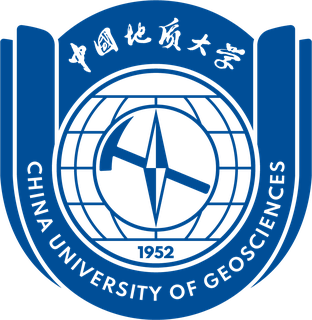
The China University of Geosciences (Beijing) is a public university located in Beijing, China. It is affiliated with the Ministry of Education, and co-funded by the Ministry of Education and the Ministry of Natural Resources. The university is part of the Double First-Class Construction and Project 211.












